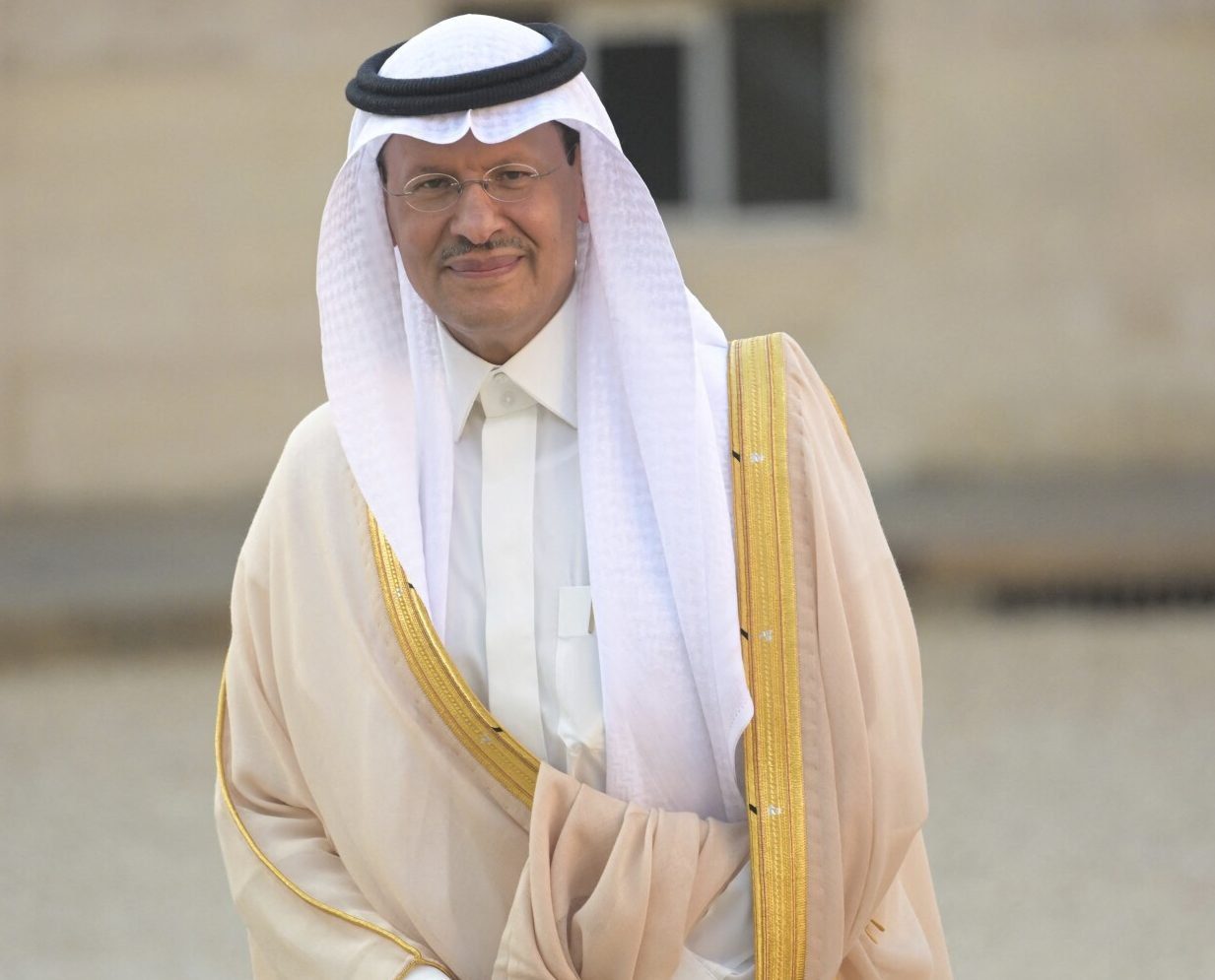Sources revealed that the Kingdom of Saudi Arabia is ready to announce, within a few days, the extension of the voluntary oil production cut by one million barrels per day, in the month of August (2023).
And the sources indicated, in exclusive statements to the specialized energy platform, that the step of extending the production cut is scheduled to be announced at a maximum during the first week of next July, in coordination with the countries of the OPEC + coalition, as the Kingdom aims to maintain the stability and balance of the oil market during the stage. coming.
And Saudi Arabia announced, on June 4, the extension of the voluntary cut that it had approved by 500,000 barrels per day until the end of next year (2024), while reducing production by an additional million barrels per day during the month of next July (2023), which can be extended.
The Saudi Minister of Energy, Prince Abdulaziz bin Salman, had confirmed during the celebration of the founding of “OPEC” in Baghdad, on June 16, that the Organization of Petroleum Exporting Countries “OPEC” and its allies from abroad in OPEC + play an important role in supporting Stability of oil markets.
Reducing oil production to reassure the markets
The sources said, in their statements to the specialized energy platform, that Saudi Arabia wants, by announcing the extension of the oil production cut – which begins in July by one million barrels per day – until the end of next August, to send a message of reassurance to the oil markets in the long term. relatively.
And by asking the sources about the relationship of the decision to extend the production cut with current oil prices, and the continuation of the state of decline that it is witnessing recently, she explained that “the level of the price of a barrel of oil globally at the present time (which is in the range of 70-75 dollars), does not satisfy the ambition of the OPEC + coalition, nor does Saudi Arabia.” presided over,” he said.
The following infographic, prepared by the specialized energy platform, shows the size of the voluntary oil production cut by Saudi Arabia and 8 countries in the OPEC + alliance:
In their statements to the energy platform, the sources say that the current price levels are not satisfactory, although Saudi Arabia does not focus much on the issue of prices, but rather focuses more on the stability of the markets, based on market reports and global oil demand trends.
It is noteworthy that the editorial advisor for the specialized energy platform, Dr. Anas Al-Hajji, had indicated in a previous episode of his program “Energy humanitiesHe pointed out that the voluntary cut on the part of Saudi Arabia prevented oil prices from falling by up to 4 or 5 dollars more than they are now, and perhaps more than that.
Al-Hajji said, in the episode he presented entitled “Saudi Arabia’s decision to reduce production is between hedging and taking the initiative in the market.” The policies adopted by OPEC and the Kingdom during the June 4 meeting contradicted the expectations of many, and did not include any action other than extending the production level that was agreed upon last October, until the end of 2024.
And he continued: “It is expected (by many analysts and speculators) that Saudi Arabia’s decision to reduce voluntary oil production will lead to an increase in prices.” A comparison should be made with the case of not taking the decision to cut production, and what could happen then.
Are current oil prices satisfactory?
in an episode of his programEnergy humanitiesPresented in December 2022, Dr. Anas Al-Hajji said that keeping oil prices below the $80-per-barrel barrier does not satisfy the ambitions of OPEC+, nor does Saudi Arabia.
Al-Hajji responded to a question from one of the program’s observers regarding the continued decline in crude oil prices below $90 a barrel, explaining that the oil market situation is difficult, expecting that price levels will remain below $80 a barrel during the first quarter of this year 2023, which has already been achieved.

He pointed out that there is a seasonal decline in oil demand that occurs during the first quarter of each year, in addition to the crisis in the European economy, which prompted OPEC and the International Energy Agency to adjust the growth rate of oil demand downward several times during the past year 2022.
current oil price levels
Oil price levels have witnessed a significant decline in recent weeks, pushing them to less than $74 a barrel, by the end of trading on Friday, June 23, 2023, recording large losses for the second week in a row, at a time when tension is escalating over a global recession that may limit demand. on the oil.
And the oil markets had recorded a weekly decline of about 4%, bringing oil prices down, despite the continued voluntary production cut by 9 OPEC + countries led by the Kingdom of Saudi Arabia, which announced a reduction in production by 500 thousand barrels per day until the end of next year 2024.
In conjunction with this reduction, Saudi Arabia announced a voluntary cut in oil production by one million barrels per day during next July, which can be extended, and it is the step that it is about to take, according to what sources told the specialized energy platform.
The weekly report of Baker Hughes shows that the number of oil rigs in the United States decreased by 6 rigs, during the past week, bringing the total to 546 rigs, which created a state of lack of optimism in the markets, with the price of Brent crude and West Texas Intermediate crude declining during the past week by about 3.6. and 3.8%, respectively.

Leave a Reply